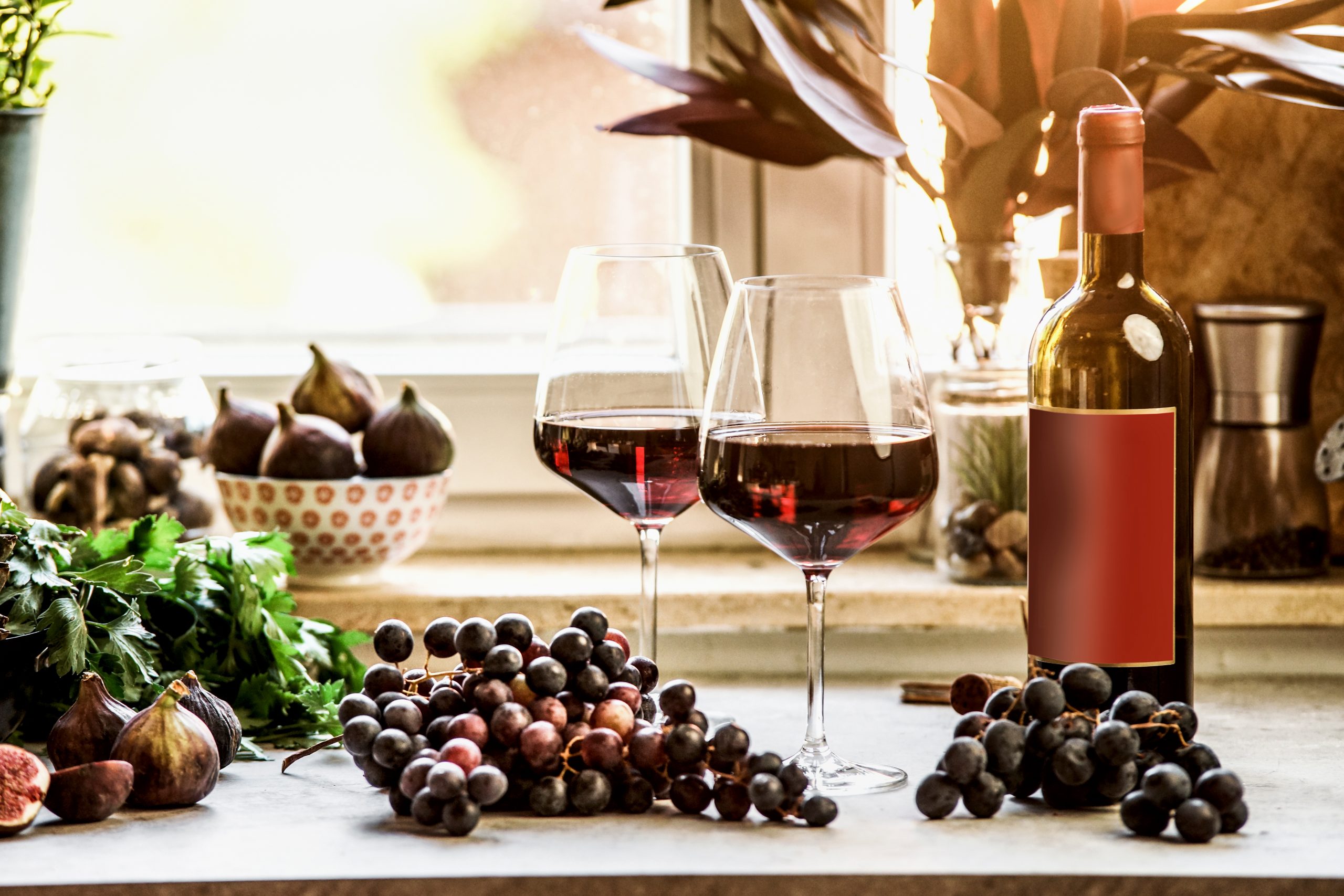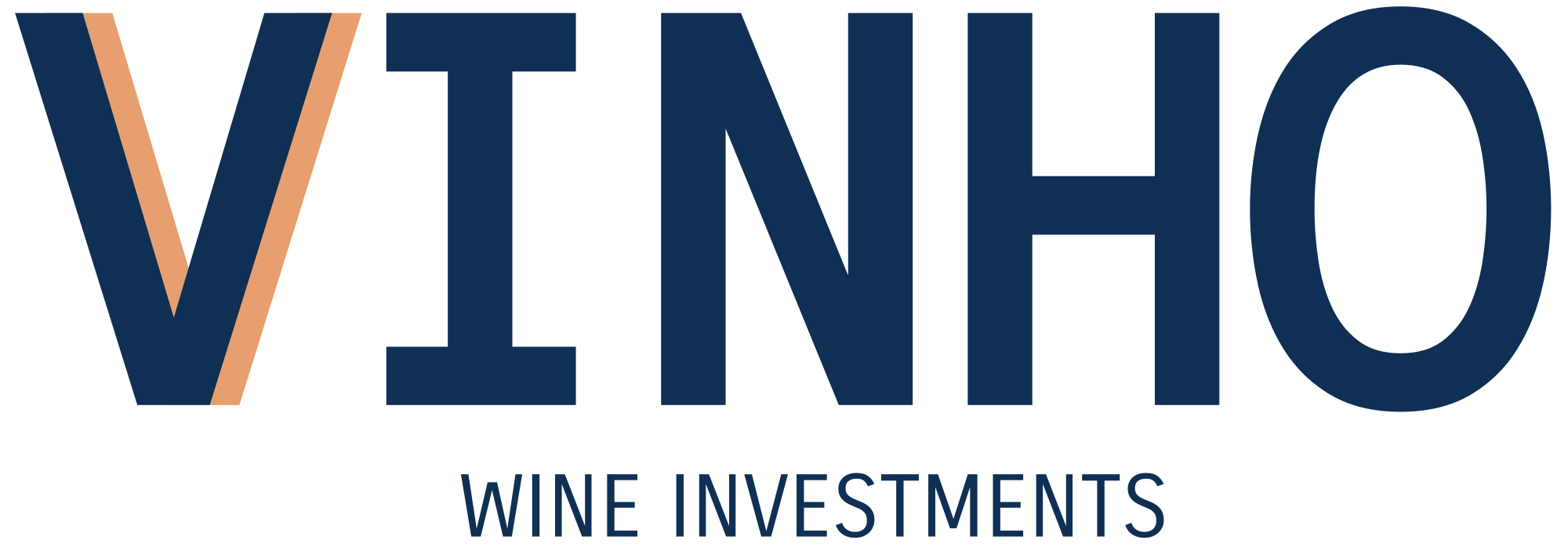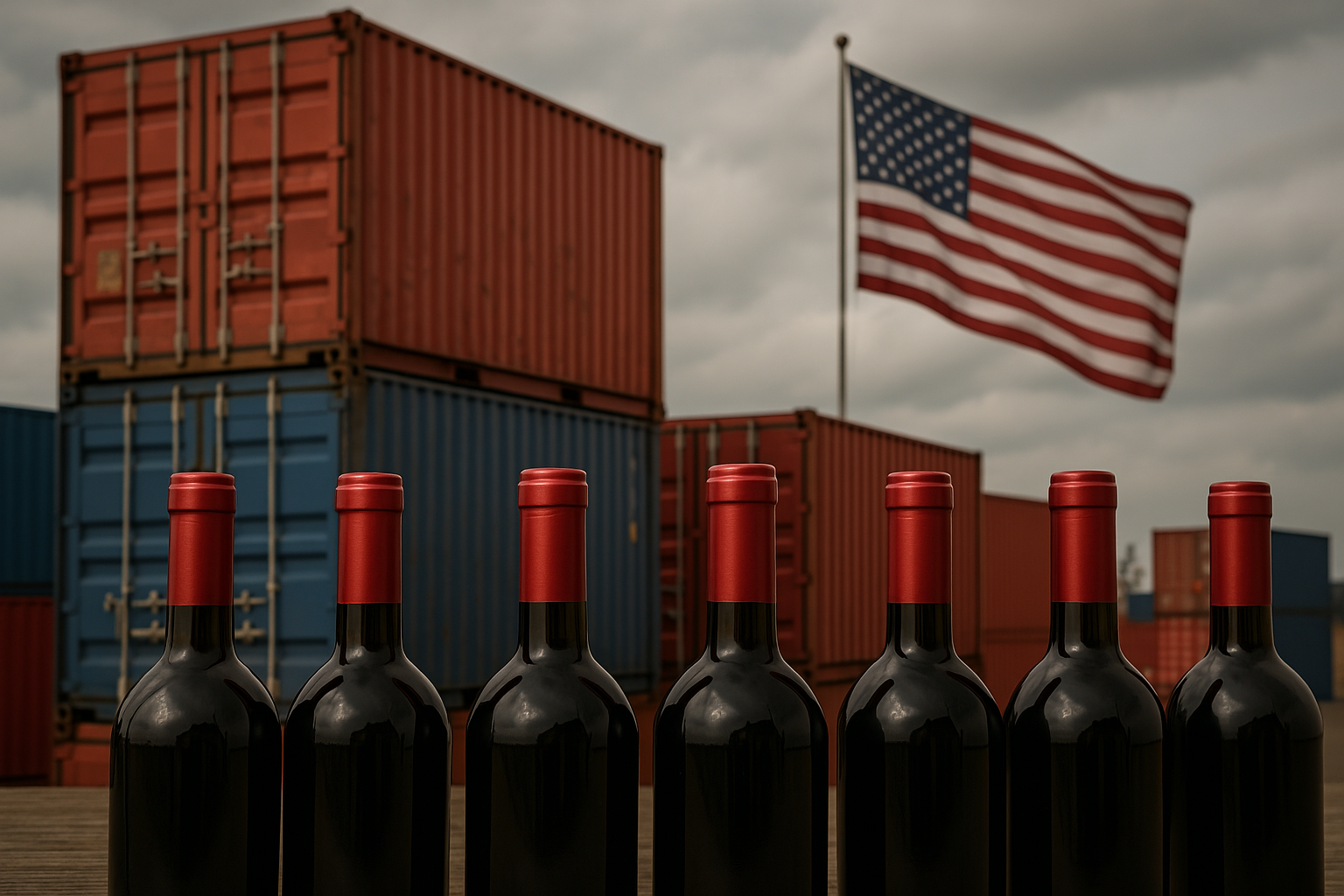
“Tariffs are the greatest!”
Trump’s 2025 Tariffs: What They Mean for the Fine Wine Market and Your Investment Strategy
The return of Donald Trump to the political spotlight has once again stirred global markets, particularly following the announcement of new trade tariffs in early 2025. As leaders and investors react to the potential economic ripple effects, Vinholtd remains committed to keeping our clients informed on how these policy shifts could impact their portfolios—especially in the niche but increasingly valuable world of fine wine investment.
Here’s what you need to know about the latest U.S. tariffs and how they may shape the fine wine market in the months ahead.
The New Tariff Landscape in 2025
In an effort to protect domestic industries and rebalance trade relationships, the Trump administration has introduced a sweeping series of tariffs, targeting several key sectors—including European luxury goods, automobiles, technology, and notably, alcoholic beverages such as wine and spirits.
Key highlights of the 2025 tariffs:
-
50% tariff on French, Italian, and Spanish wines, sparking tension within the EU-U.S. trade dynamic.
-
Increased levies on glass packaging and shipping materials, indirectly raising the cost of imported wines.
-
Tariff exemptions for wines under $20/bottle—most premium investment-grade wines are not exempt.
These measures come amid ongoing debates around trade deficits, national security, and the perceived need to restore American manufacturing strength.
“When goods don’t cross borders, soldiers will.”
Challenges and Shifts for the Fine Wine Industry
Higher Prices for U.S. Buyers
For U.S.-based investors and collectors, the immediate effect is clear: imported fine wine will become significantly more expensive. While some buyers may choose to pause or slow acquisitions, others may view this as an opportunity to act before additional price hikes hit the market.
Supply Chain Bottlenecks
Distributors and merchants will likely face increased friction at customs and longer delivery times, creating short-term supply volatility. This may temporarily tighten availability and drive up secondary market prices for highly sought-after vintages.
Potential for Shifting Demand
U.S. tariffs could redirect global wine flows. Asian and Middle Eastern markets may absorb what the U.S. no longer takes in, reshaping demand dynamics and regional pricing trends. Investors should keep an eye on emerging consumption trends and regional performance shifts.
What It Means for Fine Wine Investors
At Vinho, we believe in long-term fundamentals. While tariffs may introduce short-term turbulence, they also create new strategic entry points and opportunities for diversification. Here’s what we’re watching:
1. Premium Label Scarcity = Higher Investment Value
Iconic labels from Bordeaux, Burgundy, and Tuscany may become even more desirable among U.S. investors due to reduced access—potentially leading to increased valuation for existing U.S.-held inventory.
2. Greater Focus on Non-EU Wines
Regions like Chile, Australia, and the U.S. itself may gain attention as investors look for tariff-free alternatives. While these wines may not yet carry the same prestige, some offer strong aging potential and investment upside.
3. Secondary Market Acceleration
With fewer imports, the secondary market may become more liquid and competitive, giving current investors a potential window to capitalize on strong resale value.
Why Fine Wine Still Makes Sense
Despite policy shifts and geopolitical headwinds, fine wine continues to be one of the most resilient asset classes. It is historically uncorrelated with traditional markets, inflation-resistant, and driven by both scarcity and cultural cachet.
At Vinho, we help you navigate uncertainty with clarity—curating collections that align with your financial goals, risk appetite, and personal taste.
Final Thoughts
The reintroduction of tariffs under Trump’s 2025 trade agenda is yet another reminder of the interconnectedness of policy, global trade, and luxury investments. While it presents short-term challenges, it also opens doors for strategic positioning and portfolio differentiation.
As always, Vinho remains your trusted partner in fine wine investing. We’re here to help you adapt, explore new opportunities, and build a collection that thrives—regardless of what the headlines say.
Stay tuned for more updates, and don’t hesitate to contact your Vinholtd advisor for tailored strategies to protect and grow your wine portfolio.
Vinho
Your Partner in Fine Wine



